Carping Allegedly - July 21
In his own inimitable style, Bill Cottam recalls an occasion when things didn’t quite go to plan ahead of the start of a campaign…
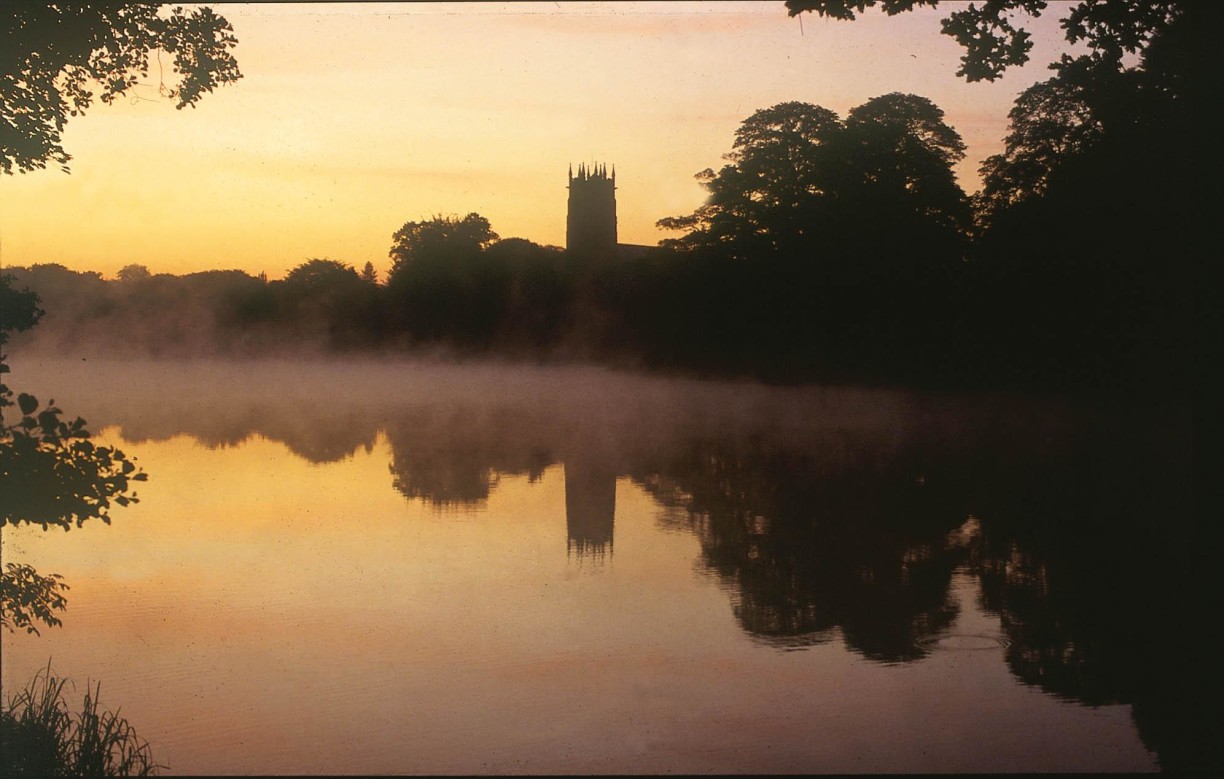
I spent a great deal of time on the wonderfully atmospheric Lymm Dam in Cheshire in the mid-eighties, and I have to say, the venue taught me an awful lot about all manner of things. The fish were not of a size that would interest many of you these days, of course, but for the time, it was great. From memory, my three mates from Sheffield and I caught over five hundred fish in two and a half seasons, up to about eighteen-pounds. I was fortunate enough to catch the lion’s share of them, but before you get the impression that I had finer-honed angling skills or anything like that, I should mention that I was guilty of spending considerably more time there than the other three. The ‘other three’ were Nick Elliott, who ran Bankside Tackle in Sheffield at the time; Arnold Bagshaw, who was married to Joan, the co-owner of Bankside; and my great mate, Gary Scott. It is with enormous sadness that I report that I am the only one of the four still with us!
Although Tim Paisley and I had begun to give some thought to starting our own bait company, I was still working at the sports centre at the time, and my shift pattern, coupled with my holidays and the occasional sick day, made for plenty of time on the bank for the best part of three seasons. I spent two, three or four days on ‘the Dam’ every week, and continued to do so right through the winter.
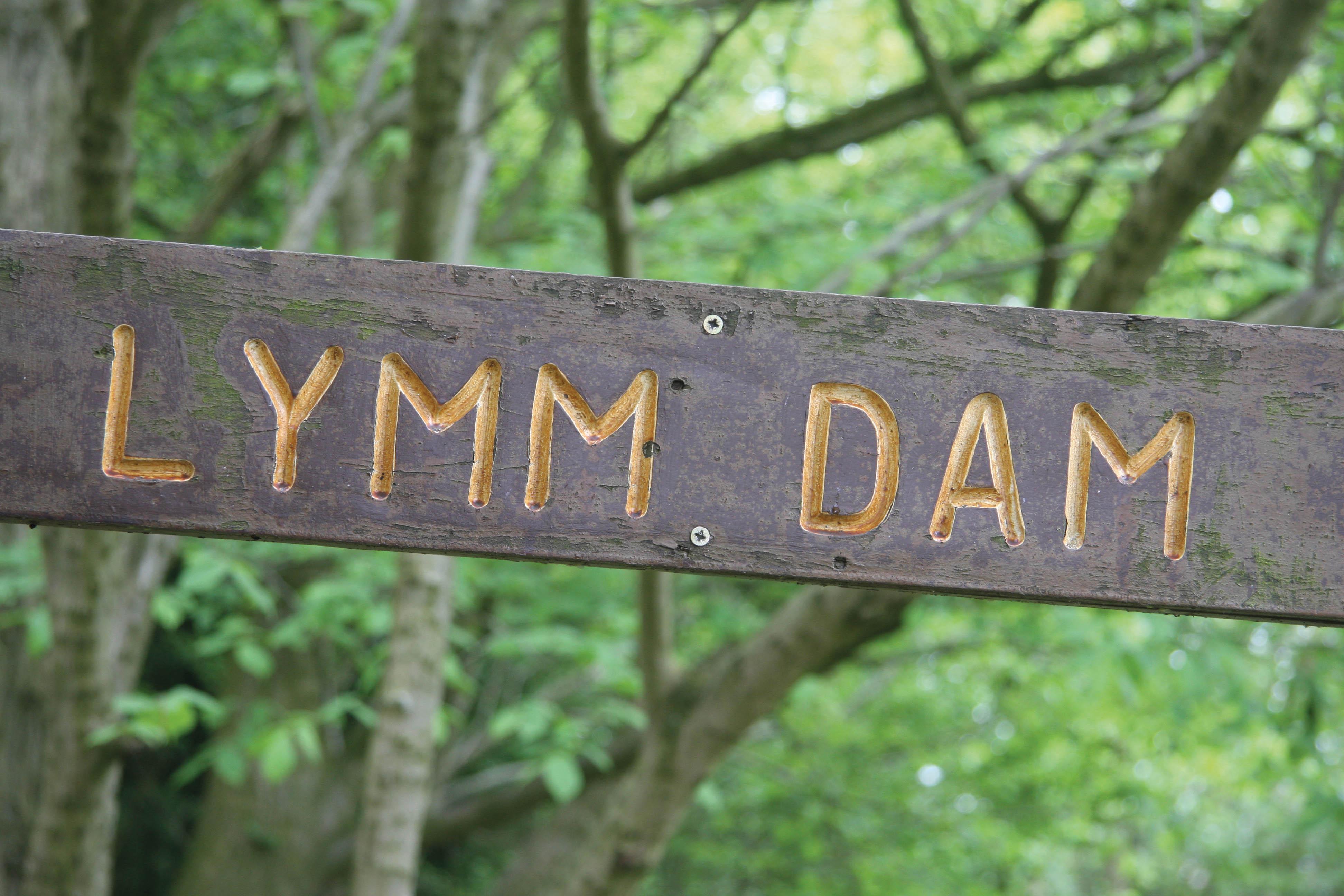
Lymm Dam was a rather messy hour-and-forty-five-minute drive from my home in Rotherham, and although my time on there served to skint me on fuel somewhat, in truth, the length of the journey only served to add to the ongoing excitement that our ongoing campaign had created—believe me, getting on for two hours on the road seemed a big drive in my loaded-up Ford Escort in those days!
I first heard about Lymm Dam from a match-fishing review in the Angling Times. A throwaway line at the end of the piece about the venue being rumoured to hold big carp had immediately captured my imagination, and within a week, Gary Scott and I had headed over the twists and turns of the Peak District to have our first walk round. From day one, we both loved the place!
We thought from the outset, that our approach would come as something of a shock to the members of Lymm Angling Club who ran the water at the time, as it was very much a match-orientated organisation. We weren’t wrong… the sight of our bivvies in position for days on end certainly rattled the cages of a few regulars! I had gone to the trouble of meeting with the club secretary prior to our first trip, however, and he confirmed that we would be breaking none of the club rules. In fact, I think he was quite excited to see what our campaign might produce. In common with many club secretaries around the country at that time, he honestly believed that his flagship water held the biggest uncaught fish in the country, and that it was also home to a huge common with the girth of a horse, which the bailiff used to saddle up and ride around the lake on a bank holiday weekend!
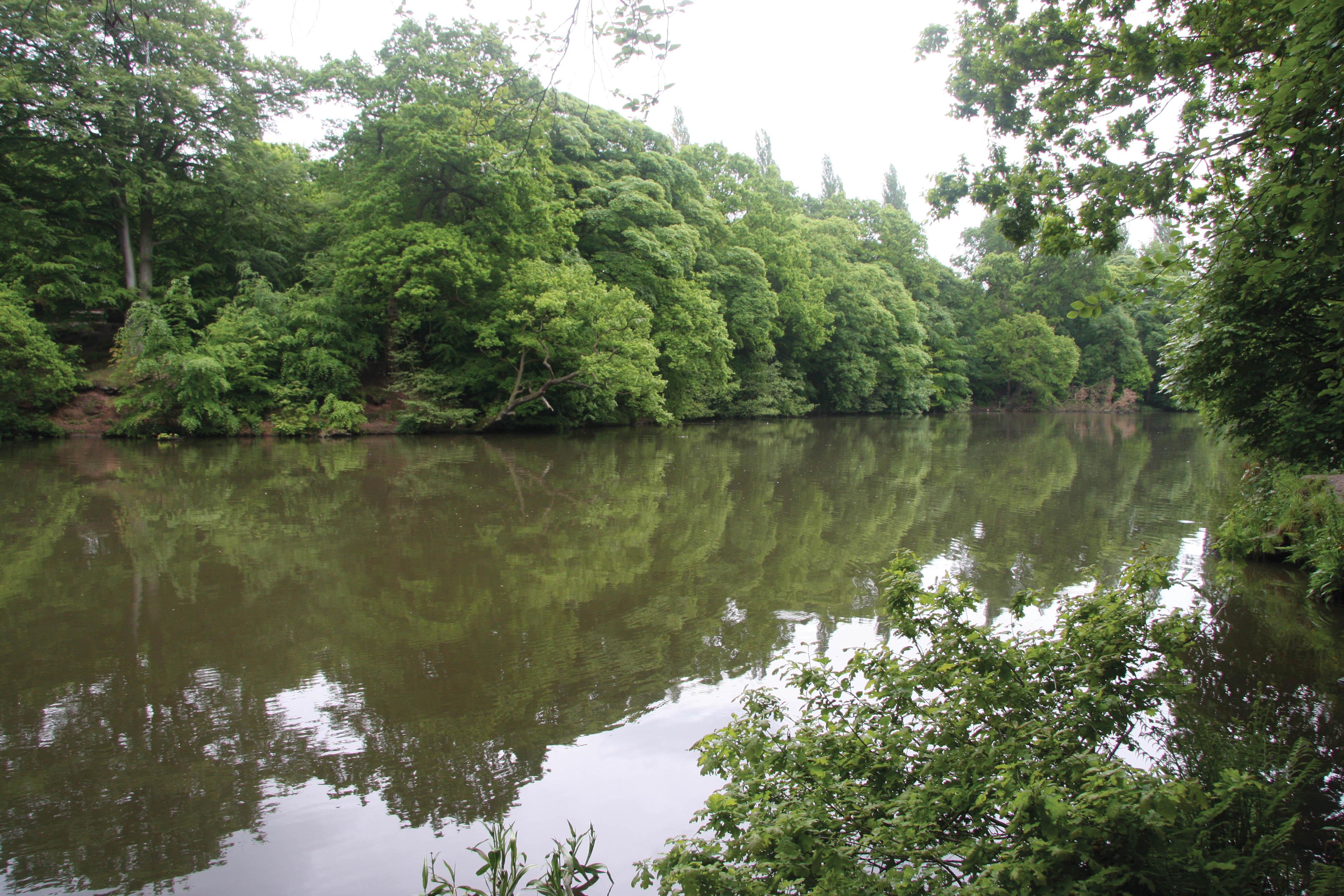
As fossils like me will no doubt recall, there was a close season in those days, and our campaign couldn’t begin until 16 June, or to be more precise, at midnight on 15 June. We were exceptionally keen in those days, however, and in common with what many carp anglers around the country would be doing elsewhere, Gary and I had arrived at the lake and bivvied up three days prior to the season starting. We had hung our hopes on a really good prototype milk protein mix—one which would become Hi-Nu-Val—and had coupled it with Rod Hutchinson’s Ultraspice flavour, and clove oil and red dye that Tim and I had recently discovered. Nick and I had spent every free hour over the previous three weeks mixing, ‘bricking’ and cubing up forty sixteen-ounce mixes of the stuff. ‘Bricking’ not only saved us the job of rolling all the bait into little round balls, but seemed a great option for Lymm Dam. The swims we were concentrating on necessitated fishing at only about twenty yards’ range, so getting square freebies out to our spots wouldn’t represent much of a problem. The bricking process was new to us at the time, but the more I thought about it, the more sense it made.
Gary and I had around twelve mixes of bait with us in freezer boxes, the intention being to pre-bait over the few days prior to the 15 June, at which point Nick and Arnold were due to arrive with their gear and the rest of the frozen bait.
It was clear that the match-fishing regulars were a little suspicious of the fact that we were encamped several days in advance of the season opening. It was also clear from their spasmodic visits, that they were under the impression that we were fishing. In truth, we had no intension of doing so, and hadn’t even removed our rods from the holdalls. To ensure we didn’t arouse their suspicions still further, we decided it might be pertinent not to introduce our bait until dusk each evening, and our first was duly scheduled for the evening of 13 June.
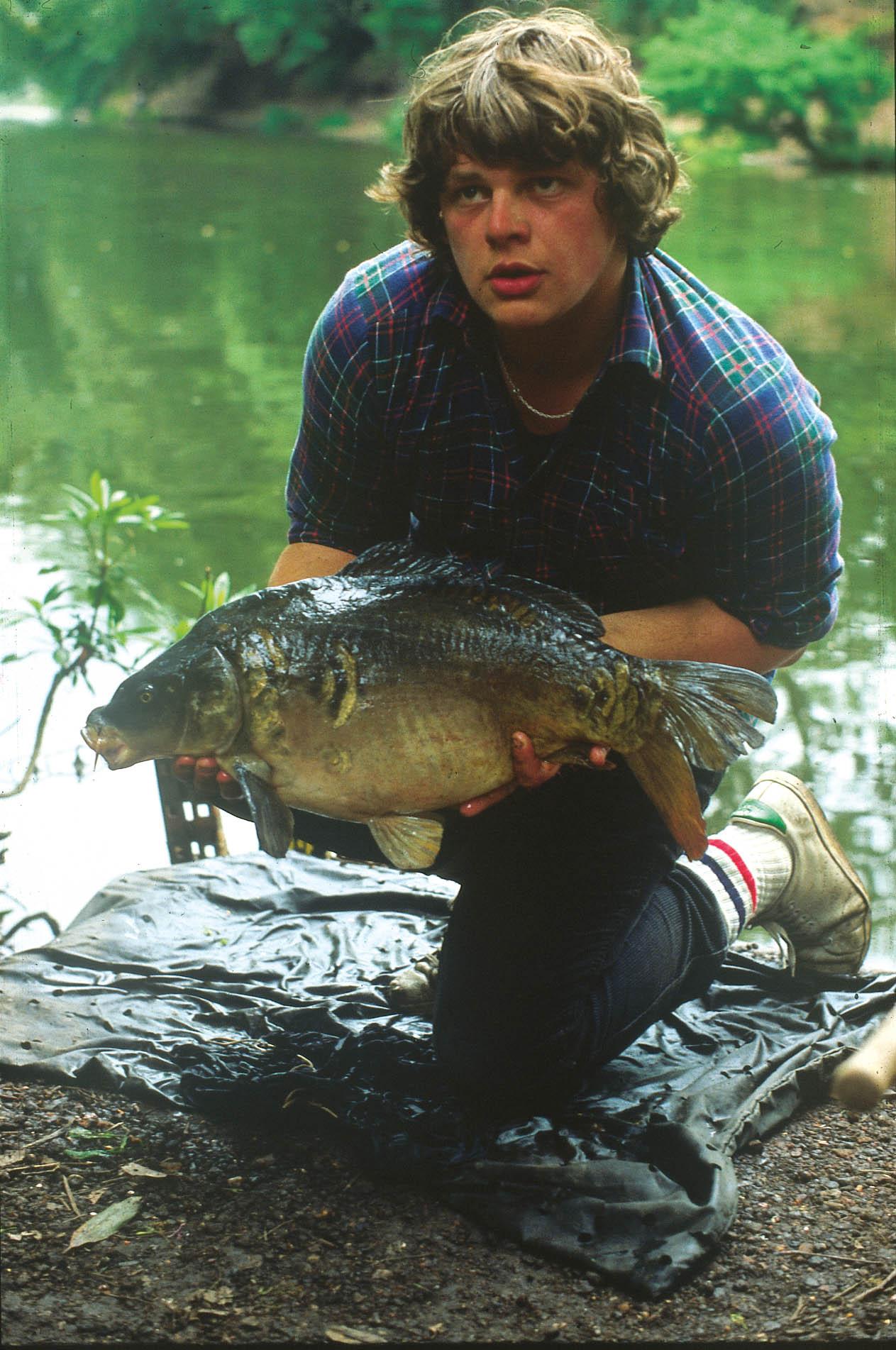
The bait smelled and looked great as it began to thaw, and as I picked up the catapult and loaded the first pouch, I was sure that it was going to be a bit special. I pulled the elastic back, aimed for a spot just short of a big overhanging tree on the far bank, and as the cubes peppered down onto the water, I did a double-take… the whole lot floated!
As anybody who has used the bricking method will tell you, for the finished baits to sink, the brick should be sealed in a plastic bag, or covered in cling film prior to cooking—a small detail which Nick and I were unaware of at the time! All this took place quite a few years before everyone had mobile phones, of course, so as darkness was falling, I hiked up to the main road with money in hand to feed the phone box. I distinctly recall my opening comment about all the bait floating being met with a stunned silence. Nick, though, was in agreement that my idea of reboiling the baits to transform them into sinkers, might have legs, and I agreed to ring him back after half an hour. This would give him chance to get a handful out of the freezer and reboil them at his end.
As luck would have it, it worked, and Nick agreed to reboil everything he had in the freezer, prior to coming over. Gary and I headed into the village the following morning, bought ourselves a pan and a sieve, and spent the day also recooking and drying all the bait we had in our freezer boxes. Our swims stank like a ten-bob curry house, and it was noticeable that dogs were coming from far and wide to investigate. It had the desired effect, though, and by early evening we were in possession of a healthy stash of our wonderful-smelling concoction. Their colour had faded slightly, but we couldn’t have cared less… they all sank!
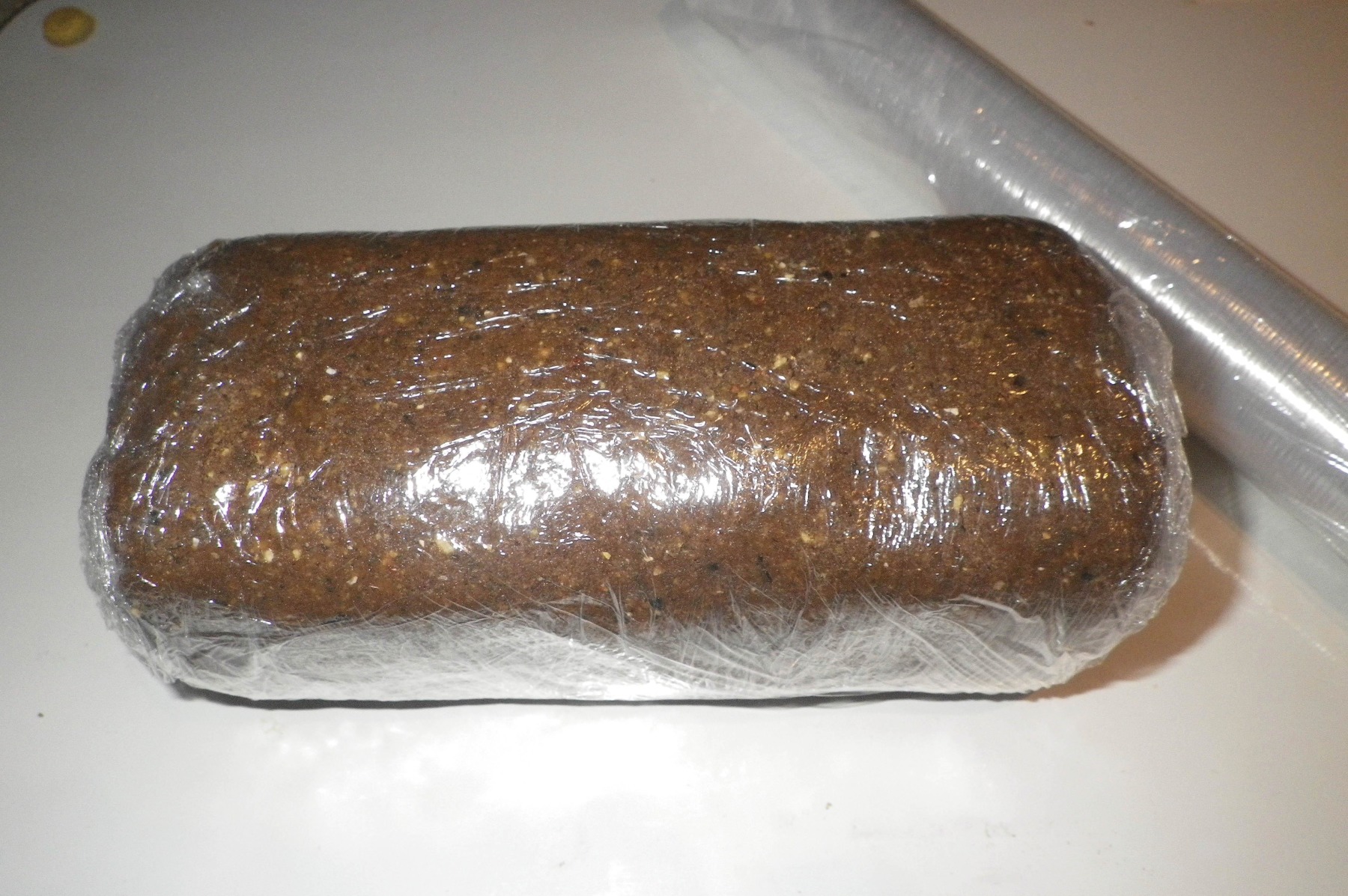
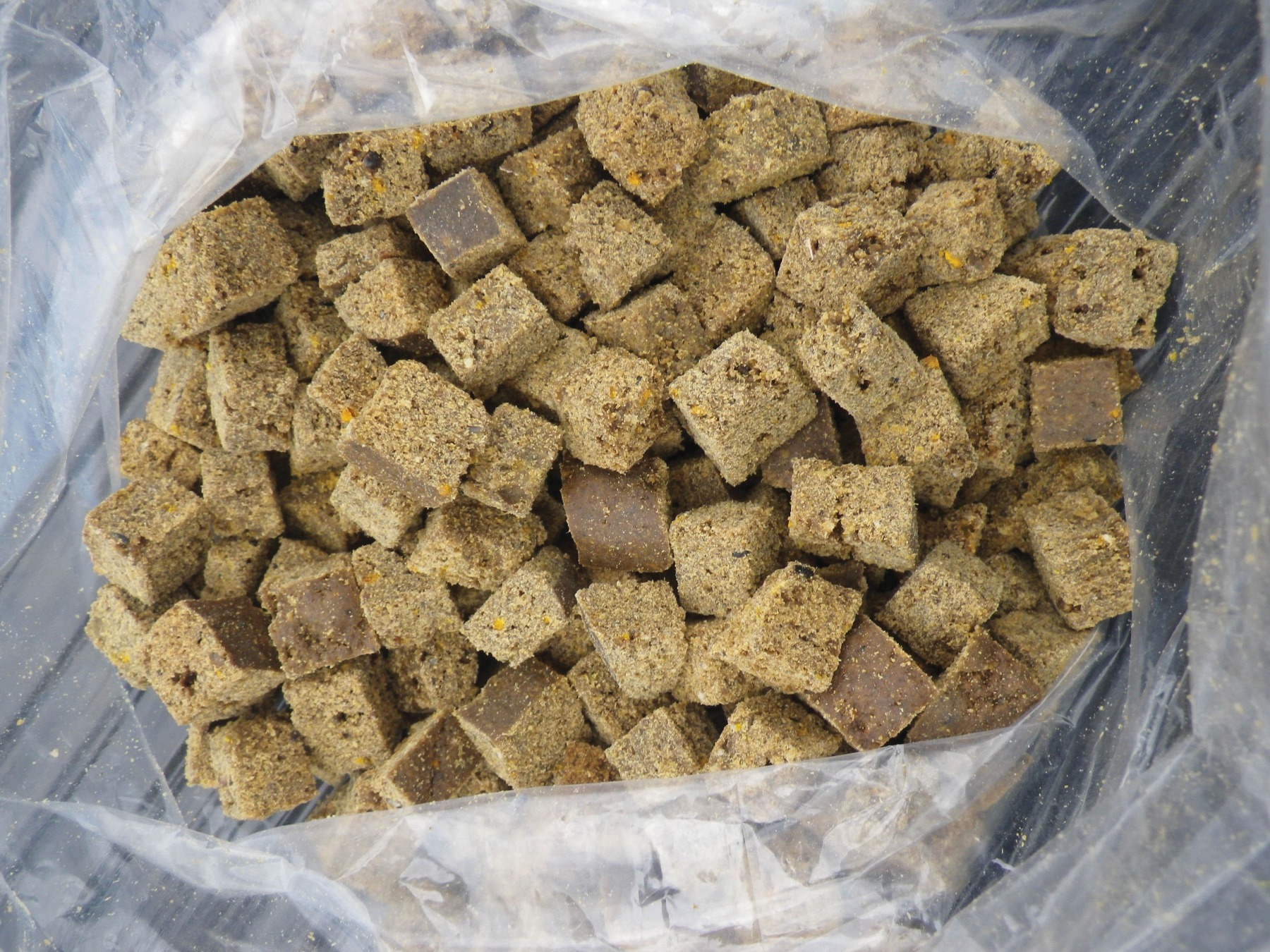
FOODBAIT FISHING
Apart from the occasional very minor tweak, the recipe we used for Lymm Dam remained virtually unchanged for getting on for three years, and it was noticeable that the bait got better and better, the more we used it. I complimented it with reasonable quantities of hemp throughout one particular summer, but having being hauled in front of the committee, I accepted that it might be pertinent to revert back to a boilie-only approach. Whilst the rules on the Dam permitted the use of hempseed, the match boys were claiming that they were constantly getting shot bites throughout the time we were using it!
Just what it was possible to achieve with a steadily introduced foodbait was a relatively new phenomenon to me, and it would be no exaggeration to say that my experiences at Lymm would go on to shape the course my angling would take for the next thirty years.
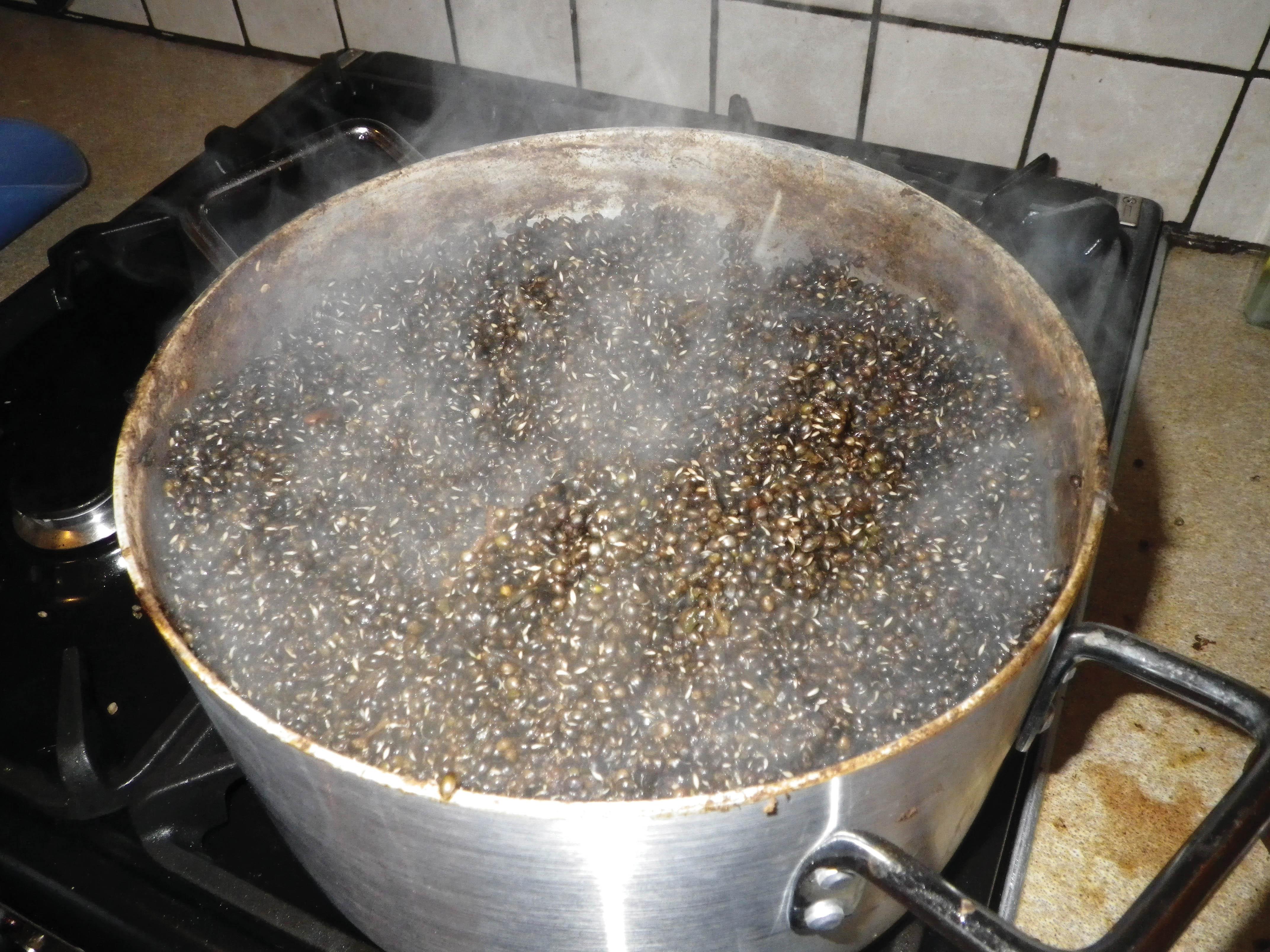
Despite the rumours, and contrary too, to what some of the match boys were suggesting to the head honchos of Lymm Angling Club with monotonous regularity, we were not bringing a wheelie bin-load of bait with us on each and every trip. I cannot deny that we used quite a bit of bait during our residency, but nothing like what people thought at the time. On average, I would estimate that I used a couple of 16-ounce mixes (remember them?) for every twenty-four hours I spent on the water, and I continued to do so throughout the winter.
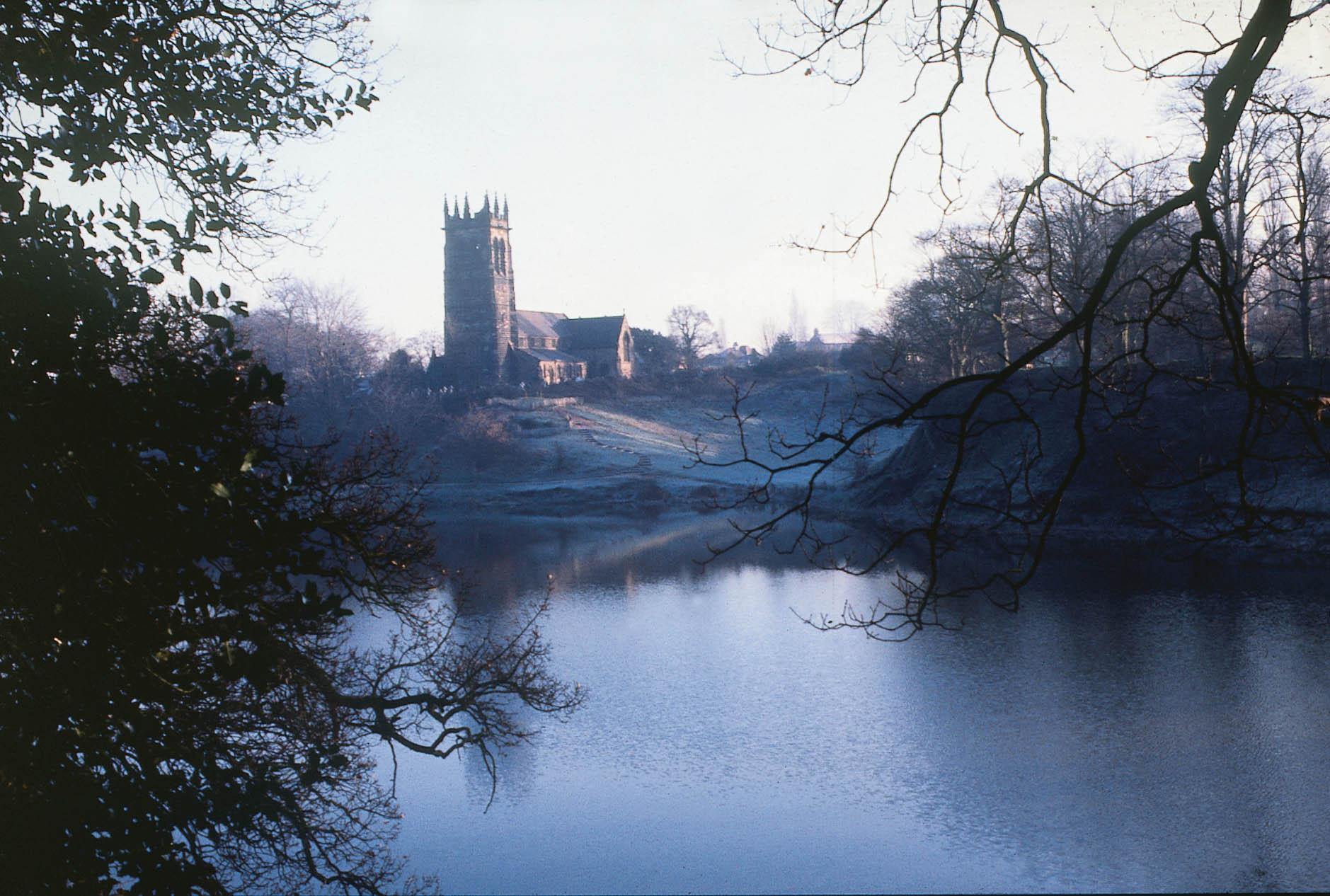
Obviously, putting in that quantity each trip over two and half seasons equated to quite a bit of bait over the time we were on the water, but it just goes to show that getting a bait firmly established on a water, and to dominate it, is not all about piling bucket after bucket in. Steadily applying a balanced, nutritious foodbait with sensible attraction levels remains the way to go in my opinion, and as a consequence, it continues to be the way I fish to this day, on the vast majority of venues. The situation is slightly different if you are buzzing about from venue to venue, of course, but for anything like a concerted effort on one water, attempting to get a food-source bait established will invariably reap rich rewards.



